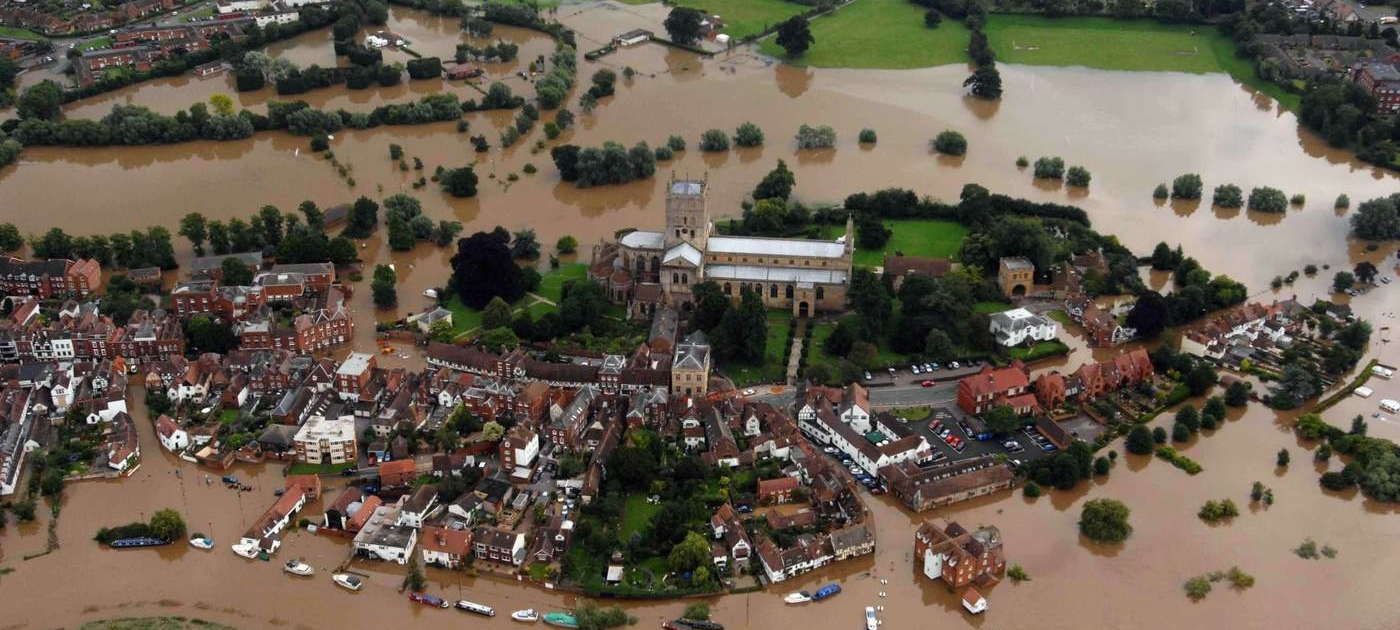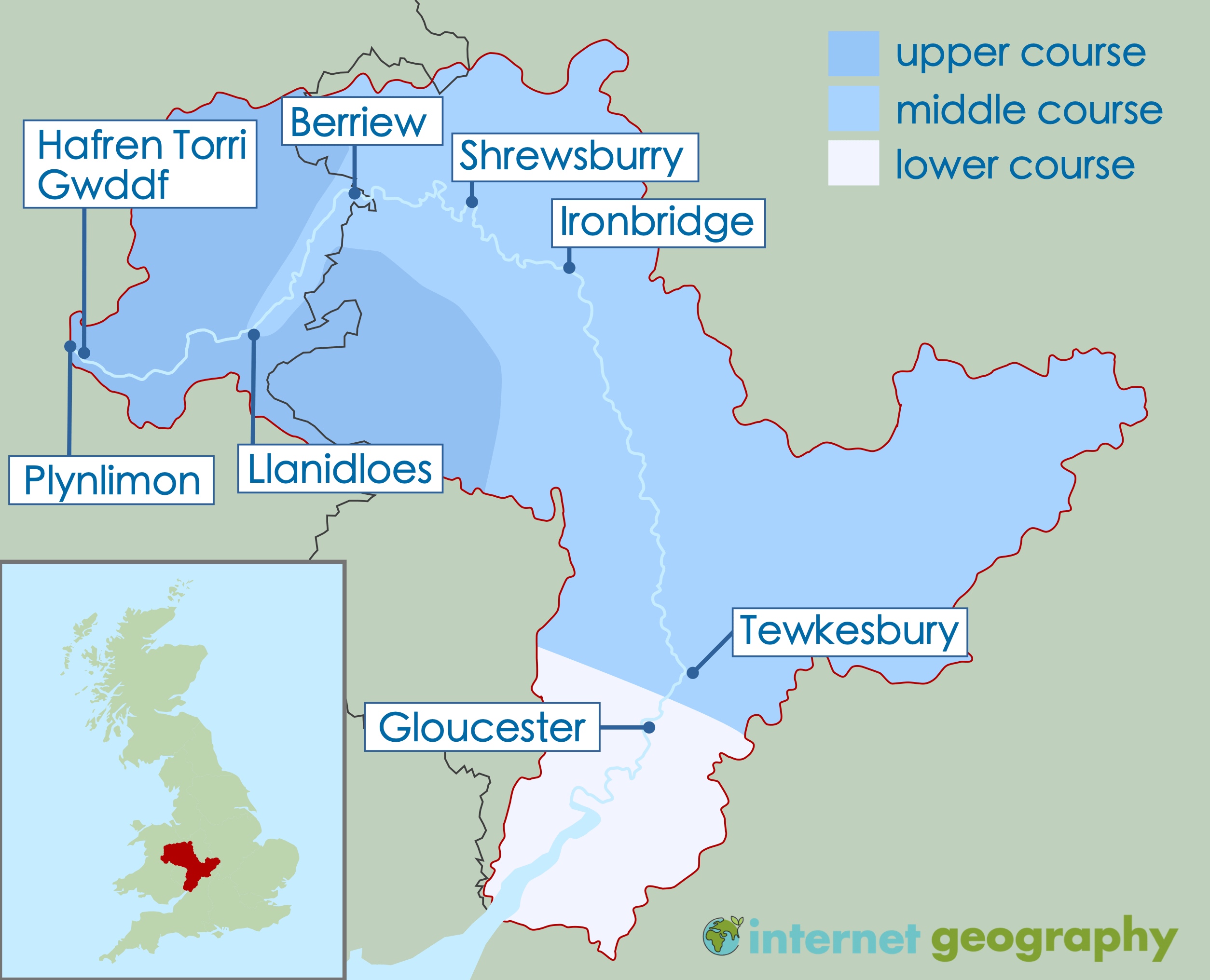Tewkesbury Floods 2007 Case Study
The historic town of Tewkesbury in Gloucestershire, UK, faced a catastrophic flooding event in July 2007. This incident, part of a broader pattern of severe floods across the UK during that summer, offers a vital case study for understanding the dynamics of flooding, particularly the intertwining of natural and human-induced factors.
The Causes of the 2007 Tewkesbury Floods
The flooding in Tewkesbury was the result of both natural and human factors. The primary natural cause was the extreme and persistent rainfall during the summer, which led to the rivers Severn and Avon converging near Tewkesbury, overflowing their banks. The town’s geographical setting made it inherently susceptible to flooding. Additionally, the surrounding hills accelerated the run-off process, leading to an even greater influx of water into the river systems.
On the human side, the increased urban development in Tewkesbury and its surrounding areas contributed significantly to the flooding. Expanding impermeable surfaces like roads and buildings meant less rainwater could be absorbed into the ground, increasing the volume of run-off. Furthermore, the existing flood defence mechanisms were inadequate for such an extraordinary event. Changes in land use, including agricultural practices in the catchment area, also altered the natural water absorption and drainage patterns.
The Impacts of the Flood
The social impacts of the Tewkesbury floods were profound and multifaceted. Thousands of residents were displaced as over 3,500 homes were evacuated. The health risks posed by the floodwaters were significant, including threats of waterborne diseases and limited access to healthcare facilities due to the inundated infrastructure. The community faced considerable disruption, with schools closing down and local events being cancelled, affecting the town’s social fabric.
Economically, the floods inflicted substantial damage. The cost of damages to properties and infrastructure amounted to millions of pounds, heavily straining financial resources. Local businesses, especially those reliant on tourism, faced severe interruptions, leading to significant economic losses. The flood’s aftermath saw a surge in insurance claims and a need for considerable investment in reconstruction and recovery efforts.
Environmentally, the floods had far-reaching impacts. The local ecosystems experienced significant disruption, affecting both wildlife and plant life. Water pollution levels increased, with run-off from agricultural lands and overflowing sewage systems contaminating the waterways. The severity of the flooding potentially led to long-term changes in the landscape, including alterations in the courses of local rivers.
Related Topics
Use the images below to explore related GeoTopics.



